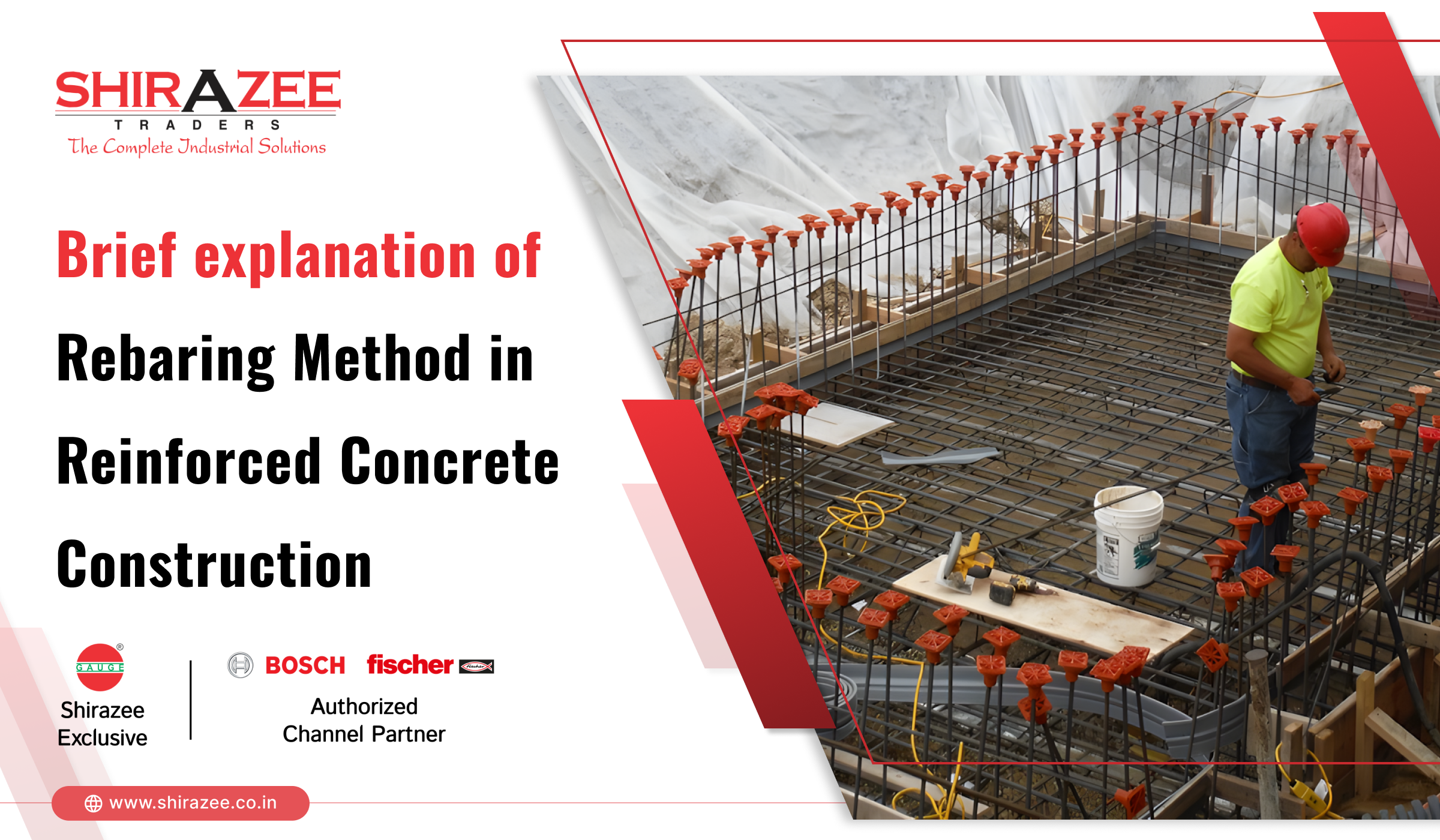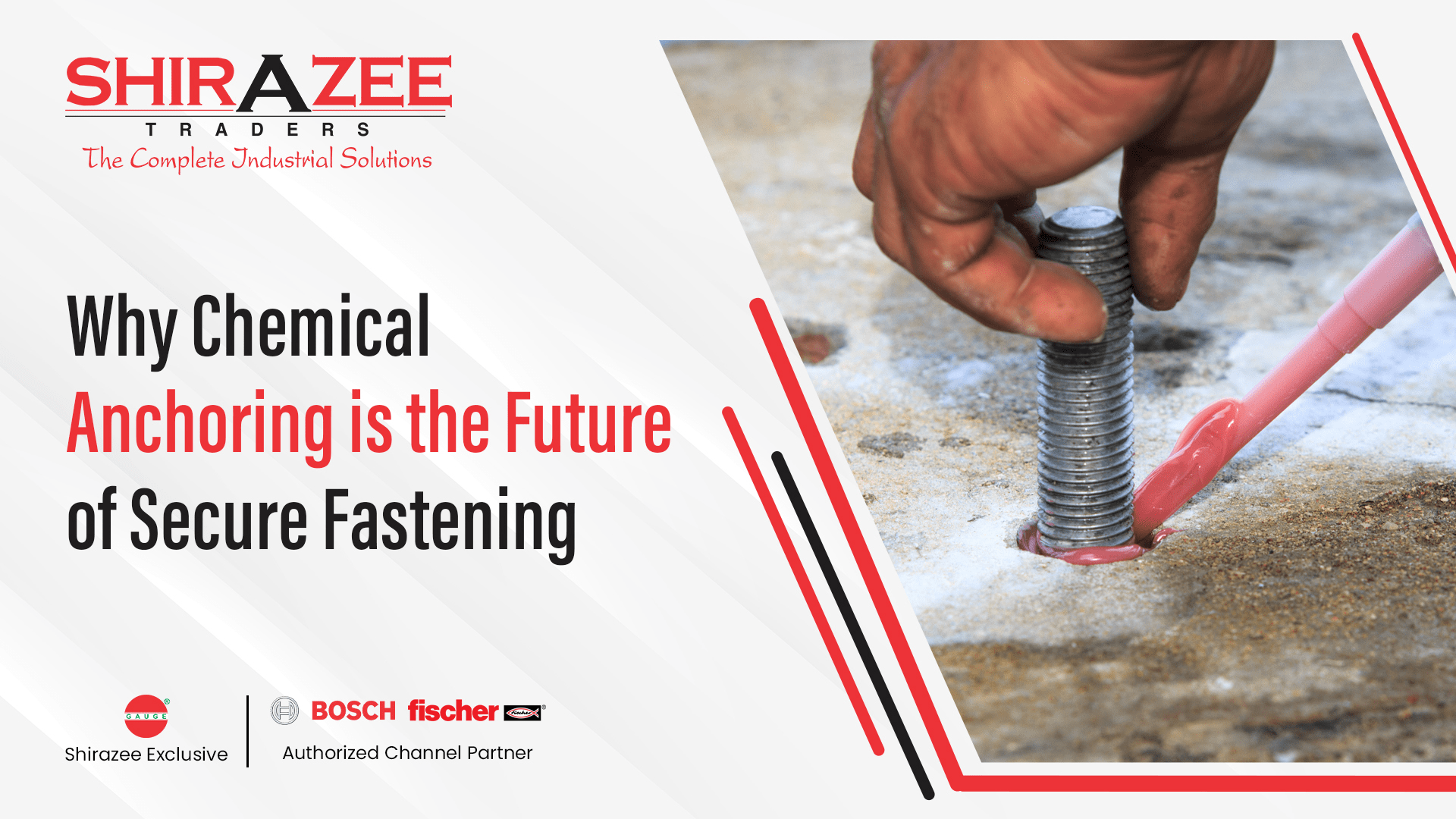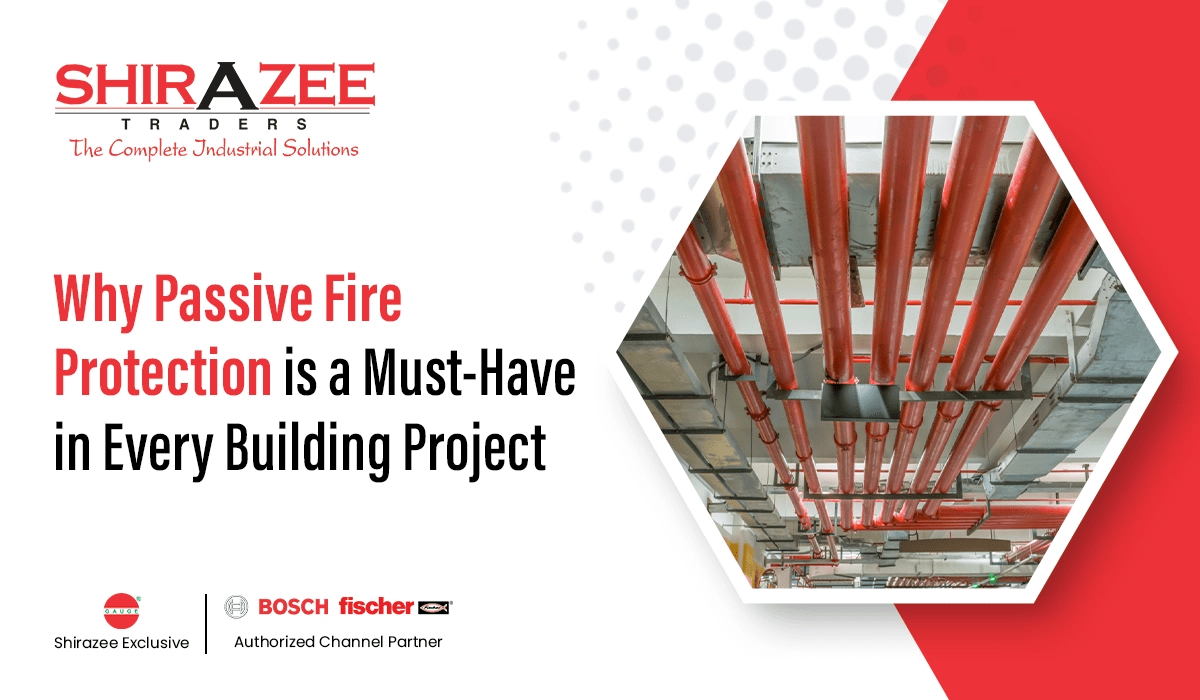
Rebaring is an essential technique in reinforced concrete construction. It’s all about adding steel bars, called rebar, to concrete. Why do we do this? Well, while concrete is great at handling heavy loads, it struggles when it comes to tension. That’s where rebar comes in! By incorporating these steel bars, we boost the concrete’s strength and make it tougher against stress and environmental challenges. In simple terms, rebaring transforms concrete into a more resilient material that can stand the test of time!
Let’s explore the rebaring services that we offer, and why it is important in modern construction.
Importance of Rebaring Services
- Enhanced Durability: Rebaring services play an important role in ensuring that concrete structures can withstand heavy loads and resist cracking. This is especially important in areas prone to earthquakes or other natural disasters, where reinforced concrete can absorb and distribute forces effectively.
- Longevity: Properly reinforced concrete has a longer lifespan. The inclusion of rebar helps prevent premature deterioration caused by environmental challenges and mechanical wear. This not only saves costs on repairs but also contributes to sustainability by reducing resource consumption over time.
Types of Rebar
When it comes to reinforcing concrete, choosing the right type of rebar is essential. Let’s have a look at the main types of rebar:
1. Carbon Steel Rebar
Carbon steel rebar is the most widely used type. It is strong and flexible, making it suitable for many construction projects. This rebar is easy to work with and can be bent into different shapes as needed.
2. Welded Wire Fabric
Welded wire fabric looks like a mesh made of steel wires. It is often used for flat surfaces, such as pavements and slabs. This type of rebar provides even support across large areas, helping to prevent cracks.
3. Epoxy-Coated Rebar
Epoxy-coated rebar has a protective layer that helps it resist rust and corrosion. This makes it a great choice for structures in harsh environments, like near the ocean or in areas with heavy rainfall. The coating ensures that the rebar lasts longer and keeps the concrete safe.
By understanding these types of rebar, you can make informed choices for your construction projects!
The Rebaring Process
The rebar installation process is needed to ensure the strength and durability of concrete structures. Here’s a more detailed look at the key steps involved:
1. Planning
Planning is the first and most critical step in the rebar installation process. This involves:
- Load Assessment: Engineers evaluate the expected loads on the structure, including live loads (like people and furniture) and dead loads (like the weight of the building materials).
- Type Selection: Based on the load requirements, the appropriate type and size of rebar are chosen. This ensures that the rebar can effectively handle the stresses it will encounter.
- Design Specifications: Detailed drawings and specifications are created, showing how and where each piece of rebar will be placed within the concrete.
2. Placement
Once planning is complete, the next step is placement. This includes:
- Preparation of Formwork: The concrete forms are set up to hold the concrete in place while it cures. These forms must be sturdy and accurately shaped to ensure proper dimensions.
- Securing Rebar: The rebar is positioned according to the design specifications. It is secured using tie wires or supports to prevent movement during concrete pouring.
- Spacing and Alignment: Proper spacing between rebar bars is crucial for uniform strength distribution. The bars should be aligned correctly to maximize their effectiveness.
3. Installation
The final step is installation, which involves:
- Concrete Pouring: Once all rebar is in place, concrete is poured into the forms. Care must be taken to ensure that the concrete fully encloses all rebar, providing a strong bond between them.
- Curing Process: After pouring, the concrete needs time to cure properly. This process allows it to gain strength and ensures that it adheres well to the rebar.
- Inspection: A thorough inspection is conducted after installation to verify that everything meets engineering standards and specifications. This step ensures that any issues can be addressed before further construction progresses.
By following these steps carefully, contractors can ensure that their rebar installation contributes significantly to the overall strength and longevity of concrete structures.
Quick Recap on Rebaring Method in Reinforced Concrete Construction
Incorporating rebar through professional rebaring services is essential for any reinforced concrete construction project. It enhances durability, extends lifespan, and ensures safety. Shirazee Traders is committed to providing top-quality rebaring services that meet the highest standards in the industry. By choosing our services, you can be confident that your structures will be built to last.







